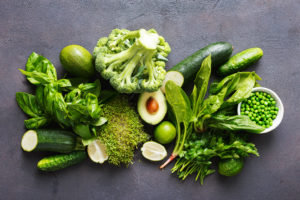
The darkness can zap energy early in the day. It can also make it hard to fall asleep at night, particularly in the first few weeks after you “fall back.” As you’ve gotten older, you may notice the fatigue has become more pronounced.
One contributing factor could be that you’re producing less nitric oxide. Nitric oxide is a gas released by cells along your arterial walls to relax and widen blood vessels. Adequate nitric oxide may help boost energy and improve sleep.
The best way to boost nitric oxide, however, is through exercise. Which means you’ll want to do your best to pull yourself out of bed over the next few weeks. When the heart has to pump more blood, the body releases more nitric oxide.
So, how can you pull yourself out of bed earlier and brave the darkness?
The easiest way is to stick to your schedule. Keep your bedtime and wake-up time consistent. You may find yourself naturally waking up an hour earlier, so hold onto that routine. Get up, pour a warm coffee, and get on with your exercise.
A glow light may work for some. This is a light you can put in your bedroom to simulate a sunrise. You can set the time for what works for you, and it may motivate you to wake up even though the sun hasn’t risen.
You can also boost nitric oxide through diet. Leafy greens, beets, beetroot juice, and meat can all help you produce more nitric oxide. Eating these foods throughout the day and into the evening may help boost energy levels while promoting sleep.
How can it do both? There is research to suggest that nitric oxide accumulation in the forebrain is necessary to produce sleep. Some evidence suggests that age-related declines in nitric oxide may impair sleep.
If you’re feeling tired or finding your sleep schedule thrown into disarray this time of year, consider finding ways to boot nitric oxide. It may help you get back on track.